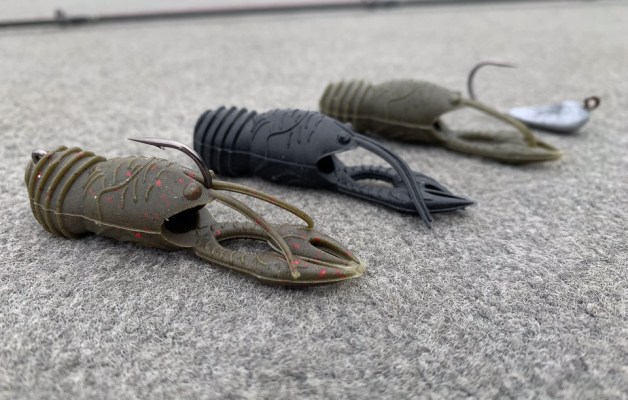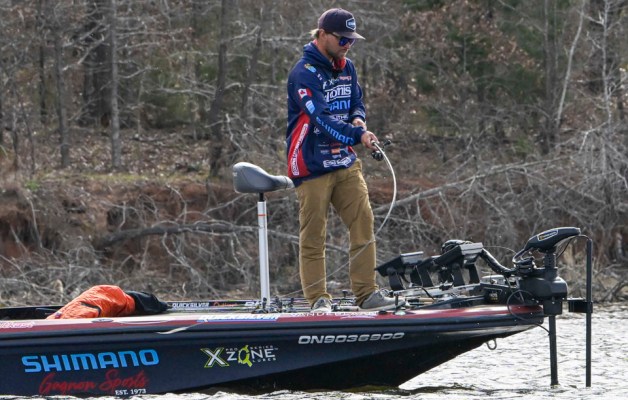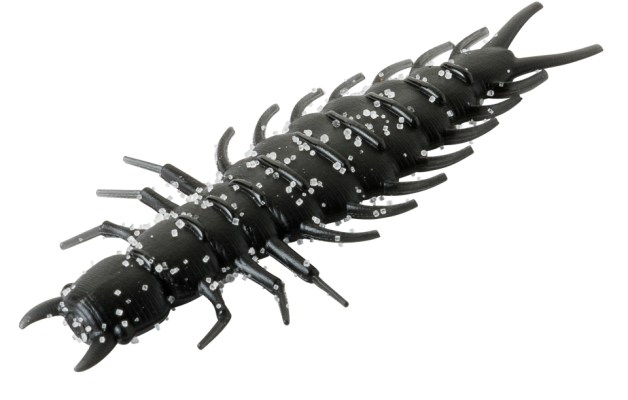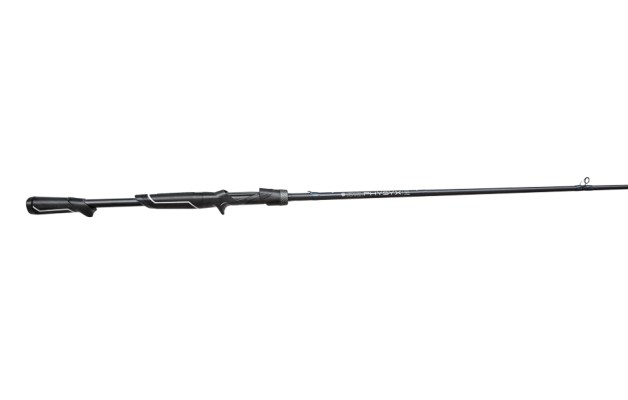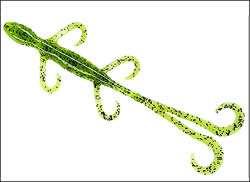
When Zell Rowland isn't working his way down a shoreline in search of strikes, he's probably in his garage working on new lures to entice those strikes.
This well-known Texas pro is constantly trying to create something no bass has ever seen. When he combined the features of two standard soft plastics a few years ago, he created what has since become one of his favorite baits.
"I took a 7-inch Riverside lizard and pulled off its tail and glued two tails from a Yum Woolly Hawg Tail, a curly-tail grub, in its place," explained the 13 time Classic qualifier.
"I took it down to a lake at the end of my street, made a few casts and liked what I saw. So, I tried it during a fishing trip and really caught them good."
His latest creation went through a process of refining and it eventually became a Yum Zellamander, a twin-tail lizard that accommodates several different types of presentations. Instead of pulling a buzzbait through heavy cover, Rowland swims his twin-tail lizard either on or just under the surface. One of the biggest advantages a swimming lizard has over other surface lures is its ability to come through heavy grass without grabbing a wad of salad either on the bait's nose or on the hook.
Rowland rigs it weedless with a 5/0 Excalibur EWG hook and fishes it on the surface in the same situations other anglers might throw a buzzbait, or he'll work it just under the surface similar to a soft plastic jerkbait, steadily twitching it so it creates the illusion of a lizard struggling just below the surface.
"It's just something different that works when those lures won't," he explained.
"That's a real important part of tournament fishing. A hundred people may be throwing topwater lures, but only a few will be catching fish — because they're doing something a little different than the rest of the crowd. A twin-tail lizard gives off a different vibration, and it has a different profile than a standard lizard."
Rowland ties on a 7-inch Zellamander in the spring, when prespawn bass first invade the shallows. The big females are often most vulnerable to a bigger bait as they feed in earnest prior to dropping their eggs. He swims it around any visible cover he can find, but he won't hesitate to pull it across open, featureless flats. Rowland also likes to swim a lizard during the spawn, stalling the bait over bedding bass, and he'll work it in and around cover before the fish go back out to deeper water with the onset of summer and higher water temperatures.

